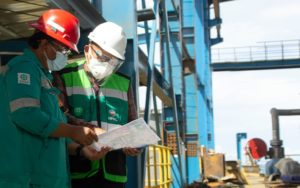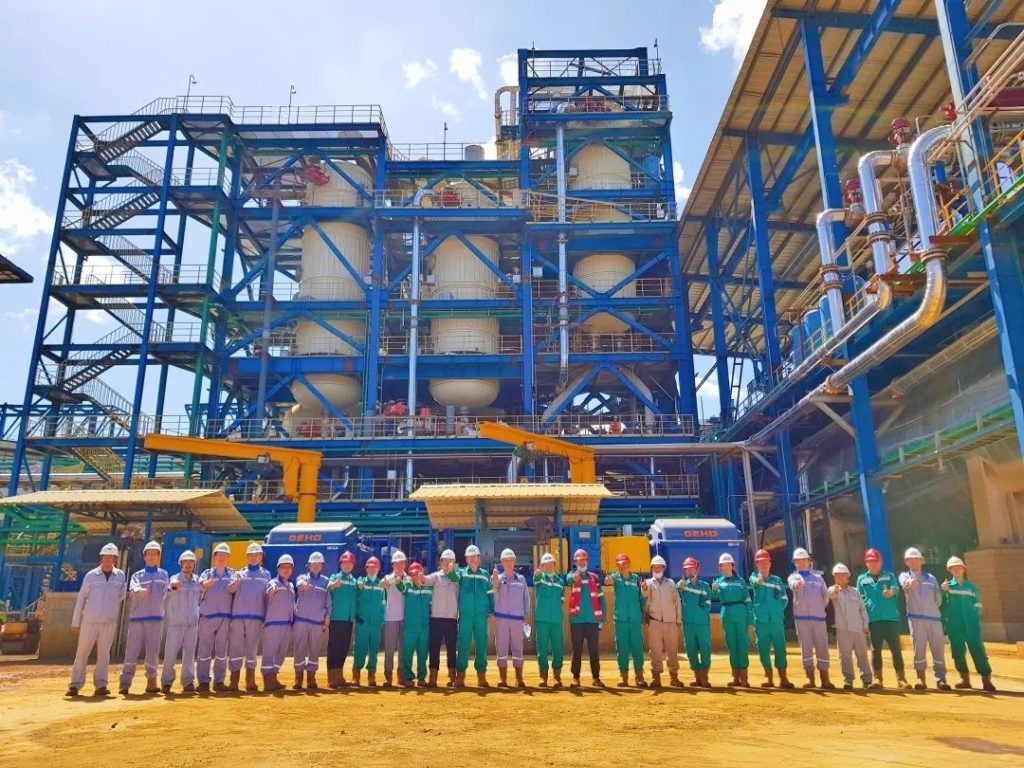On April 27, Hamlahera Persada Lygend (PT HPAL)’s nickel-cobalt project #1 autoclave on Obi Island, Indonesia was successfully put into trial production marking a major milestone in the 28-month construction period of the High Pressure Acid Leach (HPAL) wet process plant project and bringing it one step closer to full success. It is expected that the first batch of nickel and cobalt hydroxide products will be produced in mid-May. The following day the operation also started up the first of two supporting sulphuric acid plants. HPAL uses high temperature and pressure with sulphuric acid to separate nickel and cobalt from laterite ores.
Hamlahera Persada Lygend is a JV between Indonesia’s Harita Group and China’s Ningbo Lygend based in Ningbo, Zhejiang Province. The processing and refinery production site is located at Kawasi village on Obi Island, South Halmahera regency which is in North Maluku province, Indonesia. The HPAL plant is the first of its kind in the country.

In more detail, the plant is utilising low nickel content laterite ore of limonite type (Ni < 1.6%) and will produce two products. First an intermediate product in the form of mixed nickel-cobalt hydroxide precipitate (MHP) where production capacity will be 96,000 t/y (contained metals 37,260 t/y Ni and 4,577 Co) with some of this sold in the market in its own right. The majority will then be refined and processed to produce nickel sulphate (15.4% Ni) and cobalt sulphate (1.89% Co) in combined total 180,000 t/y, which are increasingly in demand by the global battery industry for supply to the EV market. Customers already in place include GEM Co Ltd and Beijing Easpring.
The limonite ore materials for the Obi plant are supplied by Mining Permit Companies (IUP) PT Trimegah Bangun Persada (TBP) and PT Gane Permai Sentosa (GPS) which are part of Harita Nickel’s mining operations with annual planned supply of 5.05 million wet metric tonnes (WMT) limonite ore and 158,000 WMT of saprolite ore.











